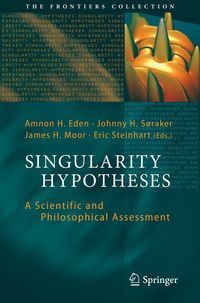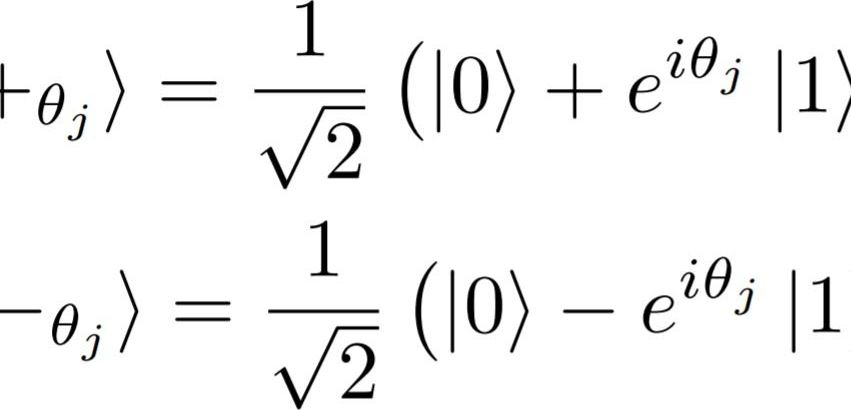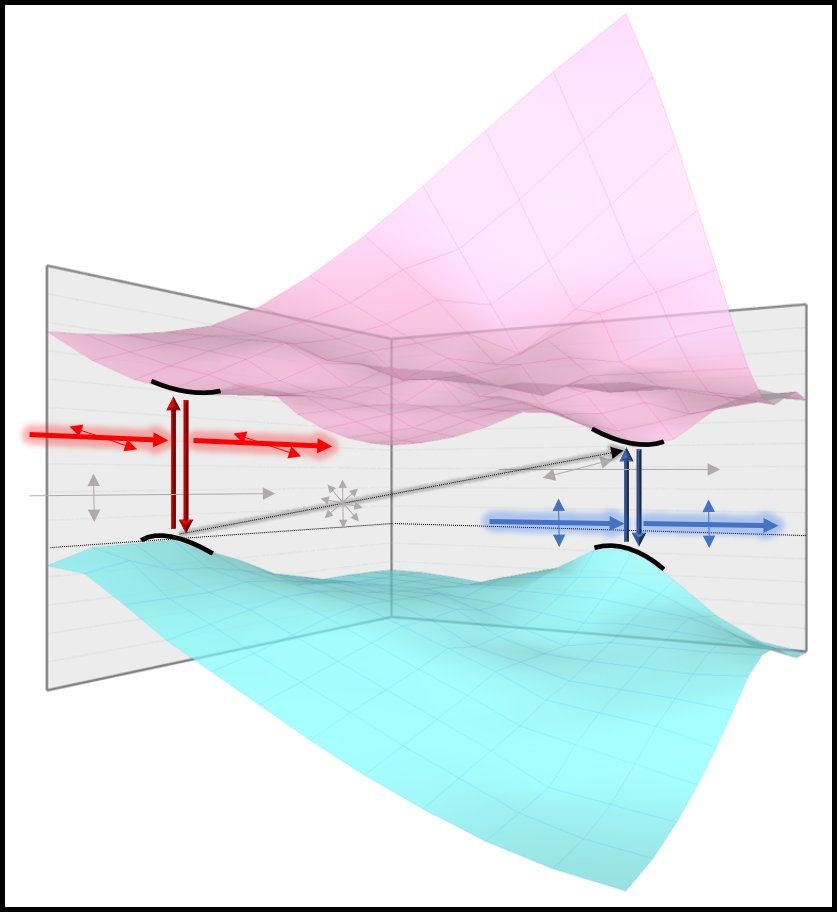This hacked EEG machine is learning how to read your mind.
Category: computing – Page 856


Singularity Hypotheses Analysis
Publication numbers are in: 55 thousand downloads! 🎉😁🍾.
Singularity Hypotheses: A Scientific and Philosophical Assessment offers authoritative, jargon-free essays and critical commentaries on accelerating technological progress and the notion of technological singularity. It focuses on conjectures about the intelligence explosion, transhumanism, and whole brain emulation. Recent years have seen a plethora of forecasts about the profound, disruptive impact that is likely to result from further progress in these areas. Many commentators however doubt the scientific rigor of these forecasts, rejecting them as speculative and unfounded. We therefore invited prominent computer scientists, physicists, philosophers, biologists, economists and other thinkers to assess the singularity hypotheses. Their contributions go beyond speculation, providing deep insights into the main issues and a balanced picture of the debate.

Transparent Aluminum
ALON — Transparent Aluminum — is a ceramic composed of Aluminium, Oxygen and Nitrogen. Transparent Aluminum, was once pure science fiction, a technical term used in a Star Trek Movie from the 80’s.
In the movie Star Trek 4 The Voyage Home, Captain Kirk and his team, go back in time to acquire 2 whales from the past and transport them back to the future. Scotty needed some materials to make a holding tank for whales on his ship, but had no money to pay for the materials.
So Scotty uses his knowledge of 23 third century technology and the manufacturers computer and programs in, how to make the Transparent Aluminum Molecule.
Transparent Aluminum or Aluminum Oxynitride, also known as ALON, is much stronger than Standard Glass and over time will become cheaper to make, but until then will most likely be used for NASA & the Military.
Thanks for watching
____________________________________________________________________

A new physics discovery could change the game for quantum computing
From tunneling through impenetrable barriers to being in two places at the same time, the quantum world of atoms and particles is famously bizarre. Yet the strange properties of quantum mechanics are not mathematical quirks—they are real effects that have been seen in laboratories over and over.
One of the most iconic features of quantum mechanics is “entanglement”—describing particles that are mysteriously linked regardless of how far away from each other they are. Now three independent European research groups have managed to entangle not just a pair of particles, but separated clouds of thousands of atoms. They’ve also found a way to harness their technological potential.
When particles are entangled they share properties in a way that makes them dependent on each other, even when they are separated by large distances. Einstein famously called entanglement “spooky action at a distance,” as altering one particle in an entangled pair affects its twin instantaneously—no matter how far away it is.

Valleytronics discovery could extend limits of Moore’s Law
Research appearing today in Nature Communications finds useful new information-handling potential in samples of tin(II) sulfide (SnS), a candidate “valleytronics” transistor material that might one day enable chipmakers to pack more computing power onto microchips.
The research was led by Jie Yao of the Department of Energy’s Lawrence Berkeley National Laboratory (Berkeley Lab) and Shuren Lin of UC Berkeley’s Department of Materials Science and Engineering and included scientists from Singapore and China. Berkeley Lab’s Molecular Foundry, a DOE Office of Science user facility, contributed to the work.
For several decades, improvements in conventional transistor materials have been sufficient to sustain Moore’s Law — the historical pattern of microchip manufacturers packing more transistors (and thus more information storage and handling capacity) into a given volume of silicon. Today, however, chipmakers are concerned that they might soon reach the fundamental limits of conventional materials. If they can’t continue to pack more transistors into smaller spaces, they worry that Moore’s Law would break down, preventing future circuits from becoming smaller and more powerful than their predecessors.


Quick Hits: Artificial Athletes
My #transhumanism work in this fun new article on future of sports:
Can bionic limbs and implanted technology make you faster and stronger? Meet biohackers working on the frontier.
Zoltan Istvan has achieved every runner’s fantasy: the ability to run without the hassle of carrying his keys. Thanks to a tiny chip implanted in his hand, Istvan doesn’t have to tie a key onto his laces, tuck it under a rock in the front yard, or find shorts with little zipper pockets built in. Just a wave of the microchip implanted in his hand will unlock the door of his home. The chip doesn’t yet negate the need for a Fitbit, a phone, or a pair of earbuds on long runs, but Istvan says it’s only a matter of time.
A long-time athlete and technology geek, Istvan identifies as a transhumanist: he believes that the transformation of the human body through ever-developing and evolving technologies will improve human life and ultimately lead to immortality.
“Athletes should be able to use drugs and technologies to enable them to be more competitive. To restrict that is to go against the very best of what we can become. If somebody wants to take these risks, they should have the rights to do so in full.”
Janelle Monáe’s ‘Dirty Computer’ Short Film Speaks Truth to Power
What do you get when you mix science fiction with music and some of the most powerful and important social issues to date? You get Janelle Monáe’s highly anticipated short film (or as Monáe astutely calls it ‘Emotion Picture’) Dirty Computer, which accompanied her new album by the same name.
A futuristic celebration of queer love, black and female power, and the nonconforming individual identity!